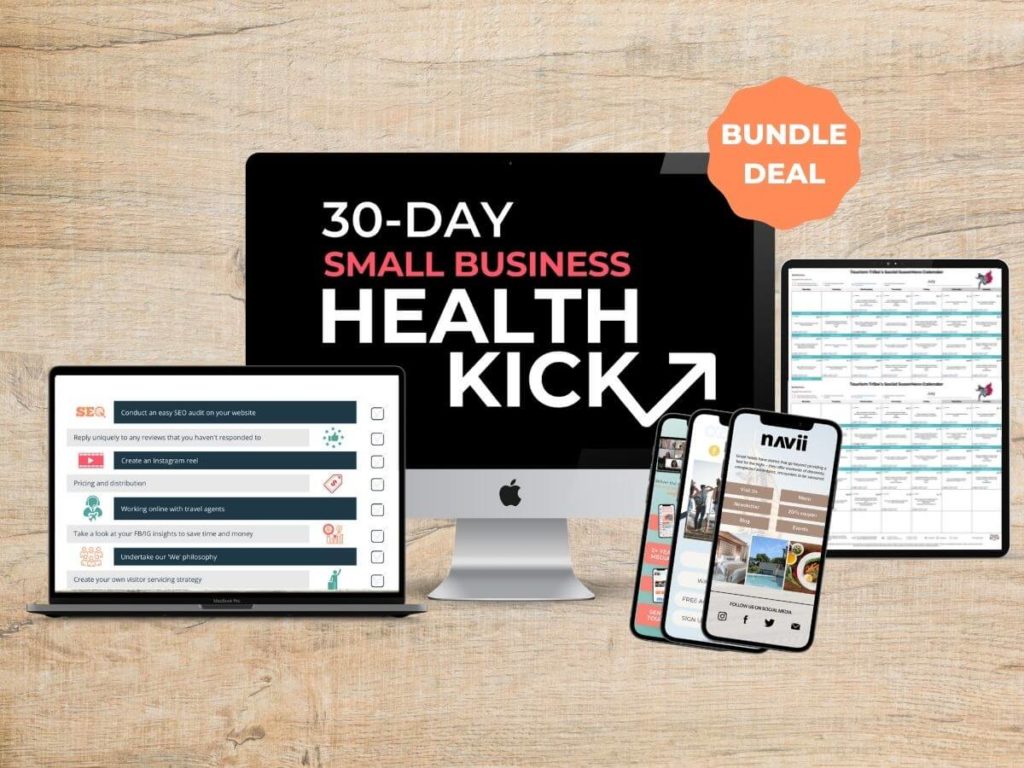It was one of the big topics of the 2022 federal election – high inflation. It is starting to show its head with businesses and households in 2022. Australia isn’t the only country experiencing high inflation. Inflation is higher at this stage due to multiple factors with big ones being Covid disruptions such as government money stimulus and worldwide supply chain issues. In this article, we’ll give you some context for Australia’s current inflation situation and advice on how to deal with inflation.
Buying Power is down
Inflation increases the cost of things, this then reduces your buying power. As a business owner, the effect means you will see your suppliers’ prices increase. A simple example of this is seen with the costs of building materials and transport at this point in time. The knock-on effect from an increase in price is going to be employees requiring greater income to deal with the increase in costs of living. This means as a business your suppliers want more and your employees need more. It’s a tough situation!
What Governments will do?
To battle inflation, central banks react by increasing their interest rates. Increasing interest rates has the effect of a slow down sign on the economy, people will pull back. How does increasing rates affect a business? Higher interest rates will increase the cost of borrowing money and that would apply to your home loan as well.
What do you need to do?
It’s relatively simple to do but not so easy to process. You are going to spend more money therefore you need to make more money. The most effective way is to increase your prices. This is not an easy situation to talk about with customers (In particular the loyal customers). Though one thing is certain with inflation being higher. That nearly every industry will be increasing its prices so you will not be the only one.
How much do I need to raise my prices?
It is paramount to seek professional advice in this scenario though a good place to start is to perform a costs analysis. Make sure you have a really clear understanding of what your current costs are to run the business and how much it costs for you to create and deliver your service or product at this point in time. Once you have a clear understanding of what your current costs are then it’s time to increase your price accordingly to generate a profit margin in line with your industry standard.
How to deal with inflation
The best way to prepare for all of the impacts that come with inflation is to face it head-on. Here is my recommendation for a very simple approach to getting as clear-minded as possible on how your business can prepare for the rising cost of goods and services and the impacts that bring to your industry:
- Get clear on your data
- Ensure all of your bookkeeping is up to date so that you have a clear picture of your business’s current financial situation. Ask your bookkeeper to sit with you and work through your balance sheet until you feel confident that you know exactly where you stand financially.
- Talk to your accountant and seek advice
- Get a professional and informed opinion from your accountant about how they predict inflation impacting your industry and your business and seek their guidance on what changes you should be making to protect your business.
- Perform a cost analysis of your products
- Understand exactly how much profit you’re making on each of your products or services and assess whether your supplies are likely to increase in cost and how you might need to compensate for those increases.
- Base any price increases on evidence, not feeling
- If you do decide to raise your prices, that decision should not be based on a “gut feeling”, it should be evidence-based. This means your decision will depend on the stability of your industry, the advice of your accountant and the change in your costs.



